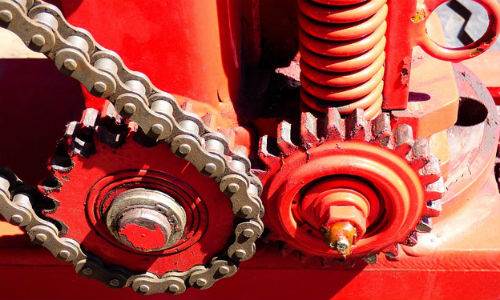Property, plant and equipment is a large asset for many companies. Here’s help in analyzing PP&E figures on a balance sheet.
The basics of PP&E
PP&E consists of tangible assets used primarily to manufacture inventory. Examples are land, buildings, electronics and vehicles. These assets are expected to bring economic benefits to a business for an extended period of time (at least a year). Large PPE balances are typical for manufacturing businesses. These types of businesses are called capital intensive.
The cost of PP&E takes into account the historical cost of an asset: the cost of the asset itself, as well as what is spent in getting it up and running. For an asset such as a building, in addition to the purchase price costs include transaction fees, permits and renovations, also known as capital expenditure.
Depreciation and amortization
Over time, the historical cost of most assets will be adjusted downward to reflect depreciation as buildings, vehicles, machinery and equipment wear out. The one exception is land, which can rise in value over time. Because of that, land is represented at current market value.
PP&E is recalculated at each reporting period. Accountants look at historical cost and amortization, and come up with book value. That is the figure on the balance sheet.
ROA: Watch out
One figure to watch for is Return on Assets (ROA). Mangers can cite an improved ROA as evidence of their successful activities. But it’s a very easy figure to manipulate. If a manager does nothing, over time the book value of PPE will decline as assets wear out. If the business continues to function about the same year to year, then returns (income) would remain about the same yet be divided by assets that are decreasing. So although ROA shows a steady increase, assets are aging and will eventually to be replaced.
PP&E is an asset that could, in difficult times, be sold. If a company sells any of the assets used to create its product, it may be a signal that the company is in financial trouble. Because of amortization, it is unlikely that a company could make a profit on the sale.











